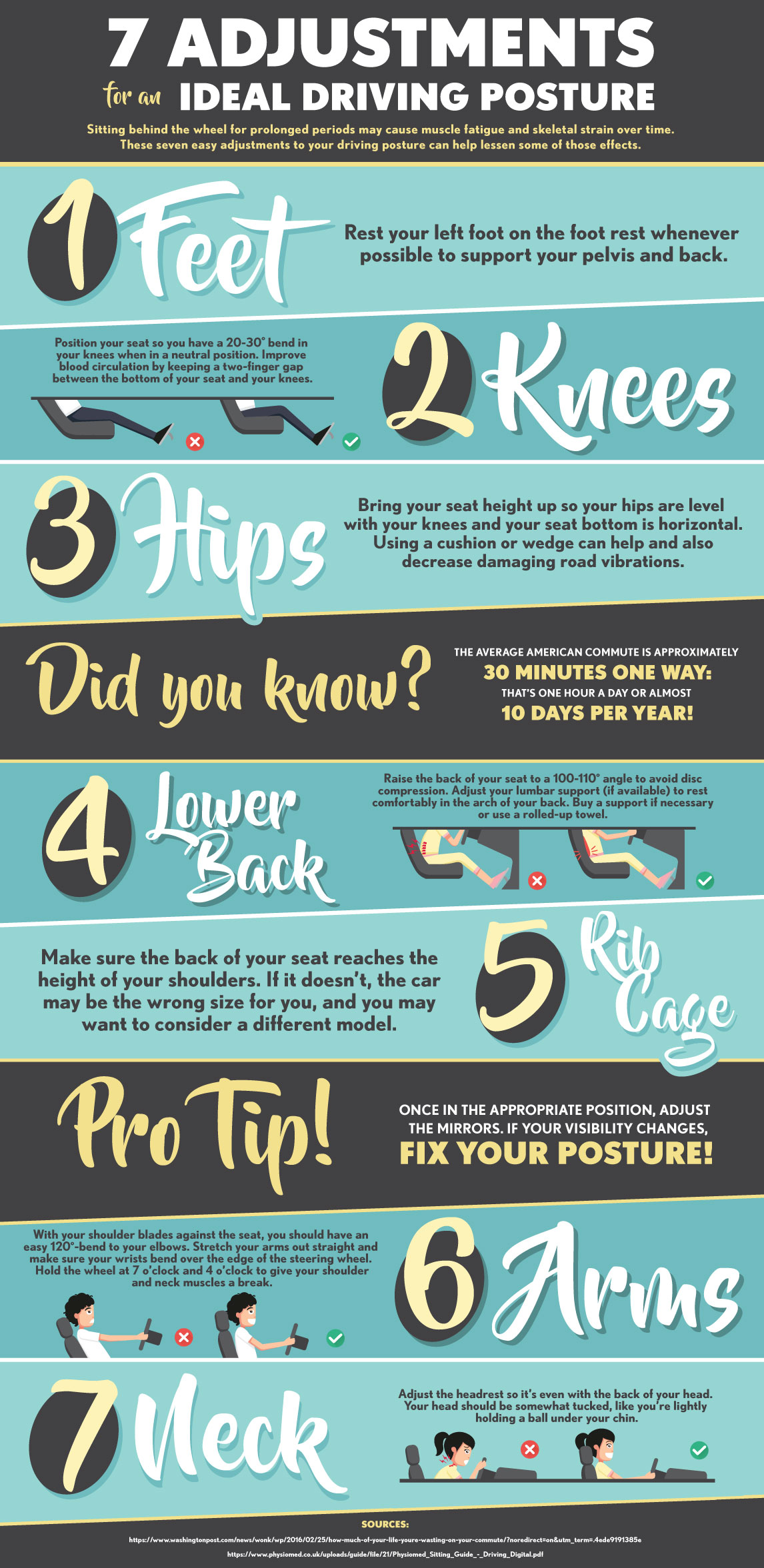The Connection In Between Stance And Pain In The Back: Ways To Guarantee Proper Placement All Day
The Connection In Between Stance And Pain In The Back: Ways To Guarantee Proper Placement All Day
Blog Article
Published By-Fletcher Patton
Keeping proper pose isn't practically staying up right; it's about straightening your body in a manner that sustains your spinal column and reduces the threat of pain in the back. The way you rest, stand, and move throughout the day can dramatically influence your spinal wellness. But exactly how specifically can you make sure good alignment continually, even throughout hectic days full of numerous activities? Allow's dive deeper into the refined yet impactful modifications you can make to your everyday routine to maintain your back satisfied and healthy.
Relevance of Correct Pose
Correct posture is important in preserving a healthy and balanced back and avoiding discomfort. When you rest or stand with excellent position, your spinal column remains in alignment, lowering pressure on your muscles, ligaments, and joints. This placement enables the body to disperse weight uniformly, preventing excessive stress and anxiety on specific locations that can bring about pain and discomfort. By keeping your spine properly straightened, you can additionally improve your breathing and digestion, as slouching can compress organs and restrict their capability.
Furthermore, maintaining excellent position can enhance your overall appearance and confidence. When you stand tall with your shoulders back and head held high, you emanate confidence and appear more friendly. Excellent pose can additionally make you really feel a lot more stimulated and sharp, as it advertises proper blood circulation and enables your muscle mass to function successfully.
Incorporating proper pose into your daily routine, whether resting at a desk, walking, or working out, is crucial for protecting against pain in the back and promoting overall health. Remember, a little modification in how you hold on your own can make a significant distinction in just how you really feel and function throughout the day.
Common Postural Mistakes
When it involves preserving excellent pose, numerous people unknowingly make typical errors that can add to neck and back pain and pain. One of one of the most widespread mistakes is slumping over or hunching over while resting or standing. This setting places too much stress on the back and can result in muscle mass inequalities and discomfort over time.
Another typical mistake is overarching the reduced back, which can flatten the natural contour of the spinal column and trigger pain. In addition, crossing legs while resting might really feel comfy, but it can develop a discrepancy in the hips and pelvis, leading to postural concerns.
Using a pillow that's also soft or also firm while resting can additionally influence your positioning and contribute to neck and back pain. Last but not least, constantly craning your neck to look at screens or readjusting your position frequently can strain the neck and shoulders. Bearing in mind these typical postural mistakes can help you keep far better alignment and minimize the danger of pain in the back.
Tips for Correcting Alignment
To improve your positioning and reduce neck and back pain, it's important to concentrate on making small modifications throughout your day-to-day routine. Begin by being mindful of your stance. When resting, guarantee see here now are flat on the flooring, your back is straight, and your shoulders are relaxed. cupping and acupuncture near me slouching or leaning to one side. Usage ergonomic chairs or paddings to support your reduced back.
When standing, distribute your weight evenly on both feet, keep your knees slightly curved, and embed your pelvis. Involve your core muscles to support your spine. Take breaks to stretch and walk around if you have a sedentary task. Include exercises that enhance your core and back muscular tissues, such as planks or bridges.
While sleeping, use a cushion that sustains the all-natural contour of your neck to keep appropriate spinal positioning. Stay clear of sleeping on your belly, as it can stress your neck and back. By bearing in mind these suggestions and making small changes, you can gradually remedy your positioning and alleviate pain in the back.
Verdict
Remember, maintaining great stance is vital to stop pain in the back and promoting back wellness. By bearing in mind your alignment, distributing weight evenly, and involving your core muscular tissues, you can minimize strain on your back and reduce the threat of discomfort and injury. Integrate ergonomic assistance, take regular breaks to stretch, and enhance your core and back muscle mass to preserve proper alignment throughout the day. Your back will thanks for it!
